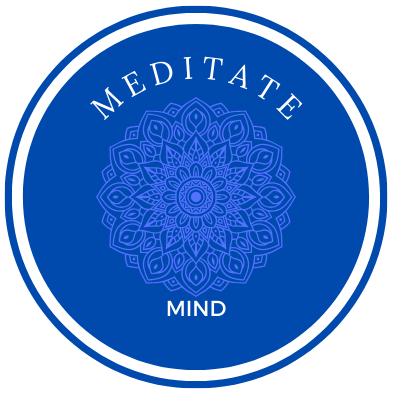
If you’re like many out there seeking calm in a world that often feels relentless, you’re going to find out about meditation, not as a fleeting wellness fad, but as an enduring practice enriched by deep historical roots and modern scientific validation.
So what’s the big deal about meditation, and how did it earn its reputation? Let’s start from the beginning. The practice dates back thousands of years, originally intertwined with spiritual and religious traditions across different cultures. I’m talking about monks in saffron robes and silent retreats in ancient temples. But it’s not just a relic of the past; meditation has evolved, becoming a tool accessible to everyone, regardless of their spiritual beliefs.
Now, let’s touch on the science. Researchers have been studying how meditation affects the brain, and guess what? They are finding some pretty impressive results. Meditation has been shown to decrease stress, enhance concentration, and even lead to structural changes in the brain associated with improved emotional regulation. And that’s just scratching the surface. When you meditate, you’re tapping into a kind of mental training that benefits both body and mind.
I’m here to help you understand that meditation isn’t about escaping reality; it’s about engaging with it more fully, with a sense of stability and peace. People all around us are sharing their narratives of how meditation transformed their stress into serenity and chaos into clarity. This isn’t just about achieving a state of relaxation; it’s also about gaining the tools to navigate life’s turbulence with a bit more ease.
Now, with a clearer picture of what meditation is all about, you’re well-equipped to explore the practical side of this ancient yet amazingly relevant practice. In the next section, ‘Your Meditation Toolkit: Techniques for Total Body-Mind Relaxation,’ we’ll delve into how you can harness the power of meditation, laying out various techniques that cater to both novices and seasoned practitioners alike.
Your Meditation Toolkit: Techniques for Total Body-Mind Relaxation
Think of meditation as your personal toolkit for tackling stress. It’s packed with techniques that can calm your mind and ease muscle tension after just a few rounds of practice. I’m here to help you understand and use these tools effectively, so let’s get into it.
The power of breath cannot be overstated when it comes to relaxing the body and mind. By focusing on your breathing, you activate what’s known as the relaxation response. I’ll walk you through some breathing techniques such as the 4-7-8 method and diaphragmatic breathing, detailing their impact on your nervous system.
Mindfulness meditation is another gem in this toolkit. It’s about being present in the moment without judgment. You might be wondering how exactly you can start. I’m going to guide you through a simple routine that you can do anytime, anywhere.
Now, if you want to add a physical component to your meditation, progressive muscle relaxation is the way to go. It involves tensing and then relaxing different muscle groups and can greatly enhance your body awareness. I’ll show you how to blend this practice with meditation for double the relaxation benefits.
Don’t worry too much about fitting meditation into your packed schedule. It’s flexible. You can always adjust your approach down the road. Short, consistent sessions can work wonders compared to irregular longer ones. And remember, choose something that resonates with you—meditation shouldn’t feel like another chore.
Lastly, remember that meditation is for everyone. Regardless of your health, mobility, or lifestyle, there are ways to adapt meditation techniques. Whether you’re formally seated or in a more accessible position, the essence of meditation remains the same.
Meditation in Practice: Cultivating a Sustainable Routine
If you want to experience the full benefits of meditation, it’s all about consistency. Setting realistic goals is the first step to a sustainable practice. That’s going to include carving out a few minutes every day to sit quietly, rather than shooting for hour-long sessions right out of the gate.
Creating the right environment can significantly enhance your meditation journey. Choose a quiet corner of your home, maybe with a comfortable pillow or chair, to establish your meditation spot. Remember, there’s a lot of opportunity in personalization – infuse your space with scents, sounds, or visuals that calm your senses.
As you get more comfortable with the basics, you might wonder about deepening your practice. There’s no rush, but when you’re ready, explore guided meditations, try new techniques, or maybe even join a class. Your first attempt doesn’t need to be your last; there’s always room to grow and adjust.
You don’t have to go at it alone, either. Joining a meditation group or finding a buddy can provide that extra motivation and accountability. Plus, it’s a great way to share experiences and learn from each other.
Finally, measure your success not just in minutes spent meditating, but in the quality of your daily life. Are you feeling less stressed? Is your focus sharper? These subtle shifts are the true indicators that your practice is paying off. Choose something that resonates with you, stick with it, and watch as meditation becomes a rewarding part of your life.
